Tree Insect Services
Tree Insect Control Services
Healthy Trees, LLC has been diagnosing and treating insects in trees and bushes in SE Wisconsin since 1999. We are familiar with the tree insects and diseases in our area and how species have infiltrated SE Wisconsin over the years.
We know what to look for on your bark and leaves to get your tree the best treatment fast. Please contact us anytime for a free estimate on our tree insect control service for your home or business.
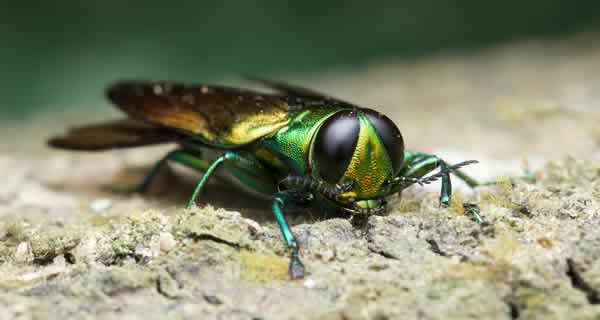
Emerald Ash Borer (EAB) Treatments
Emerald Ash Borers are a huge problem in SE Wisconsin. They are devastating trees in record numbers. They eat through the tree’s vascular tissue, eventually shutting down the flow of sugars, water and nutrients up and down the tree. Early damage is usually noticed after several branches die in the upper crown of the tree, then more and larger sections die as the borers spread throughout the tree.
TREATMENT: A trunk injection is done once every other year usually between May 30-June 30. The sooner you get treatment, the more you increase the chances of saving your trees.
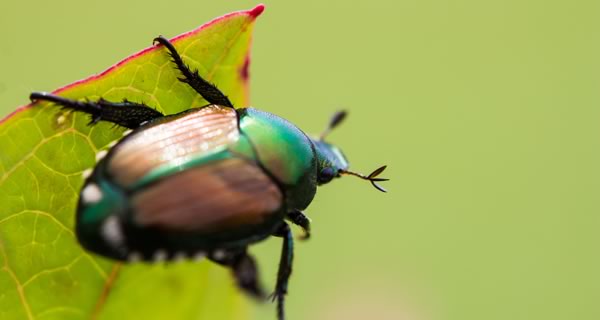
Japanese Beetle Treatments
While the adult beetles have some favorite trees they eat (linden, crabapple, elm, red leaf trees, birch) they also love many flowers and bushes (especially roses). Healthy Trees, LLC can spray your trees and bushes for Japanese Beetles so they will no longer damage them.
TREATMENT: Treating Japanese Beetles is usually done with a spray once a year between June 20-July 30 when beetles show up.
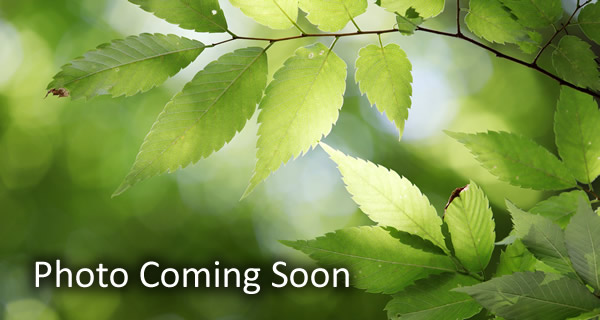
Spring Merit
Details coming soon!
TREATMENT: A soil injection is done in April on many different kinds of trees to prevent Spring Merit. The insecticide flows through the stems as the sap starts to flow taking it to the top of the trees and all branches for protection.
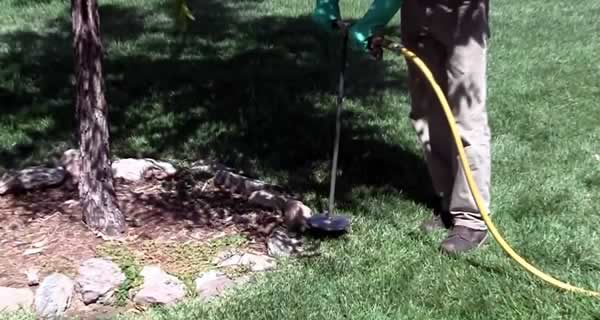
Tree & Shrub Fertilization
Fertilizing trees and shrubs on a regular basis is essential for keeping them strong and resistant to insects and disease. It’s especially important if you notice very little growth, yellow or brown leaves during a time when they should be green, or leaves that change color or drop well before fall.
TREATMENT: Both small and larger tree & shrub fertilizing services are done in April as well as in September.
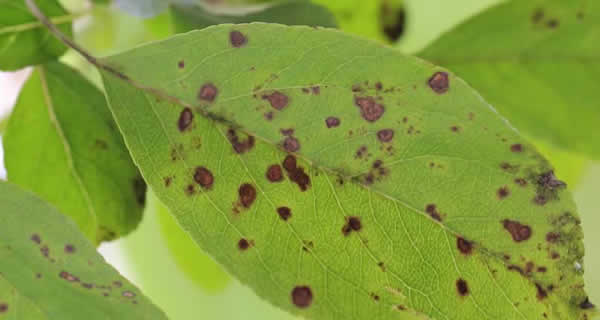
Apple Scab Treatments
Apple Scab is a fungus that attacks apple and crabapple trees. In the early stages, the leaves have dark green spots on them. Later, the spots turn brown, then the leaves turn yellow and/or dry up and fall off, often leaving the tree almost empty of leaves by late July. The solution is Apple Scab Treatments. The tree must be treated before the leaves become infected with the scab fungus.
TREATMENT: Apple Scab is prevented when Healthy Trees, LLC sprays a fungicide onto the tree(s) three times starting in spring. The first application is done when trees are in full bud usually end of April, The second application is applied when trees are in full bloom usually end of May. The final application is completed three weeks later before the blooms fall off usually end of June.
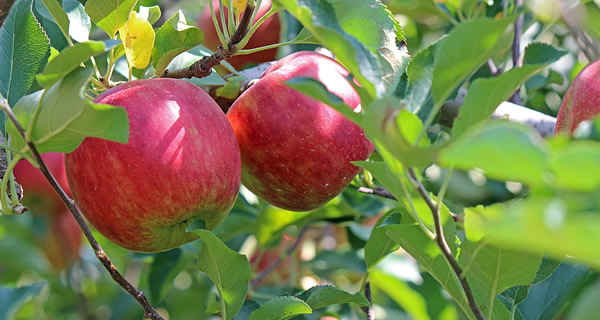
Edible Apple Treatments
Keep your apple trees healthy and free from fungus so you can enjoy the wonderful fruit they produce year after year.
TREATMENT: This follows the same treatment plan as Crabapple trees do for Apple Scab, but we use a different fungicide that does not affect the fruit and can be used on all edible fruit trees.
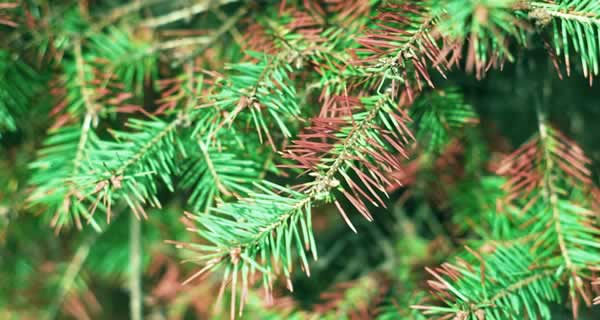
Needlecast Disease Treatments
Needlecast is a tree disease in spruce and long needle pine trees that causes the needles to drop off. It spreads most in the spring and can damage new growth on the trees as well as previous years’ needles. Long periods of moisture and a lack of airflow through trees activate the disease pathogens.
TREATMENT: Needlecast treatment is applied twice a year within three weeks of each other once the new buds have popped. The first application is usually applied near the end of May and the second treatment is usually around the end of June.

Boxwood Blight Treatments
Boxwood Blight is a fungal disease caused by Cylindrocladium Pseudonaviculatum. The symptoms and signs you may see begin as dark leaf spots that coalesce to form brown blotches. The undersides of the infected leaves will show white sporulation of the Boxwood Blight fungus following periods of high humidity. Boxwood Blight causes rapid defoliation, which usually starts on the lower branches and moves upward in the canopy.
TREATMENT: Boxwood Blight is prevented with a two-application program that is done at the end of April and the end of May. This treatment will protect your Boxwood bushes from getting blight and dying.
